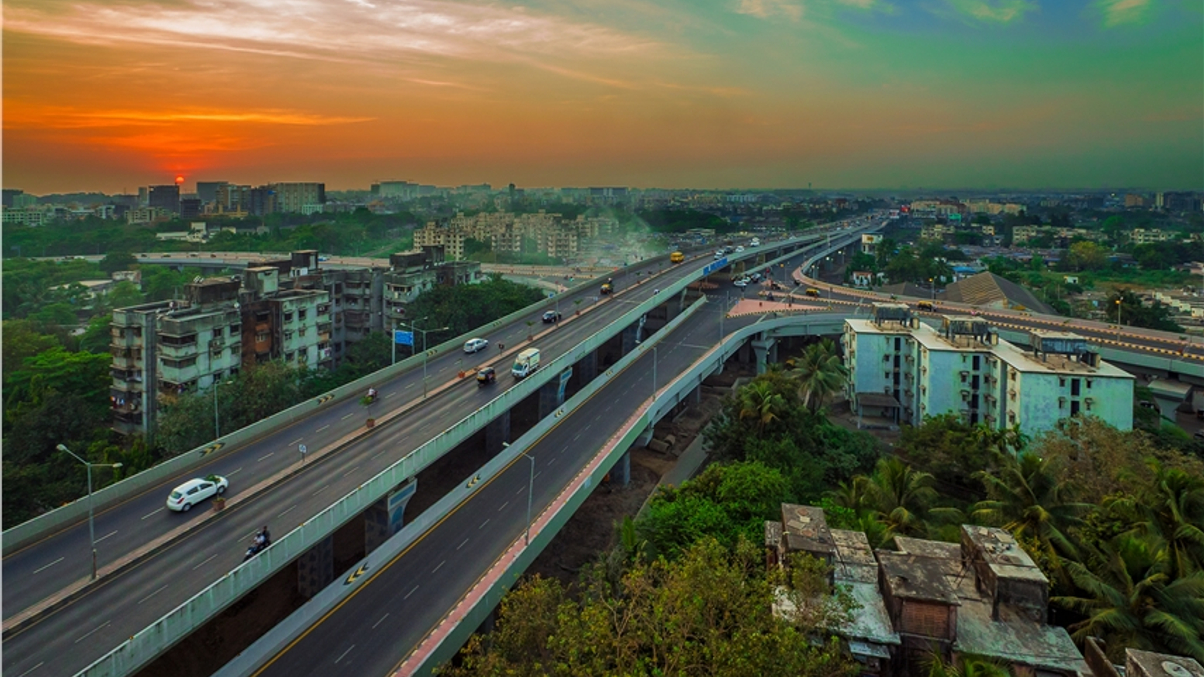Allianz seeks wider Asian infrastructure investments
Foreign investments can provide expertise as well as capital to Asia’s infrastructure markets, says one of the world’s largest infrastructure asset owners.

Asia’s infrastructure markets should welcome investor flows from outside the region, even if there is adequate capital to supply their needs within it, according to the world’s fourth largest infrastructure asset owner.
Sign in to read on!
Registered users get 2 free articles in 30 days.
Subscribers have full unlimited access to AsianInvestor
Not signed up? New users get 2 free articles per month, plus a 7-day unlimited free trial.
¬ Haymarket Media Limited. All rights reserved.


